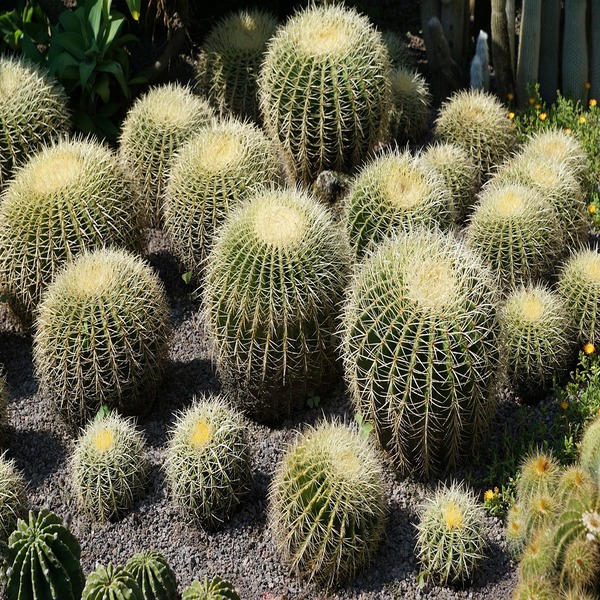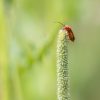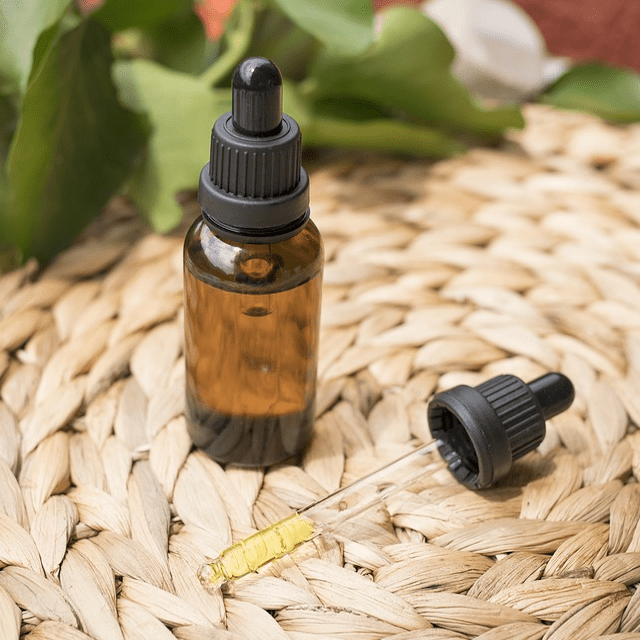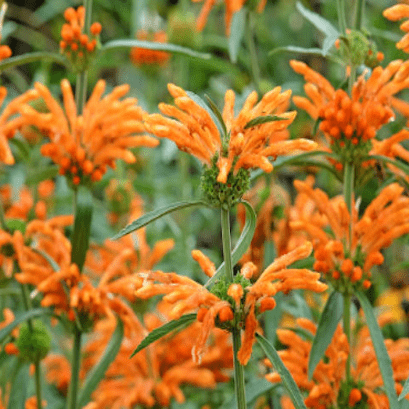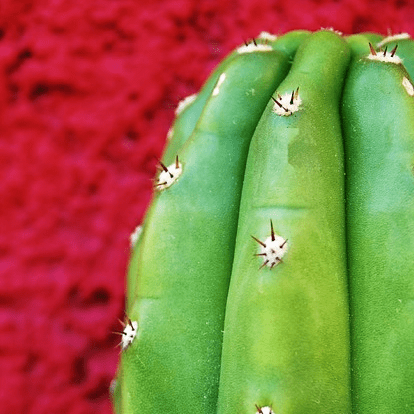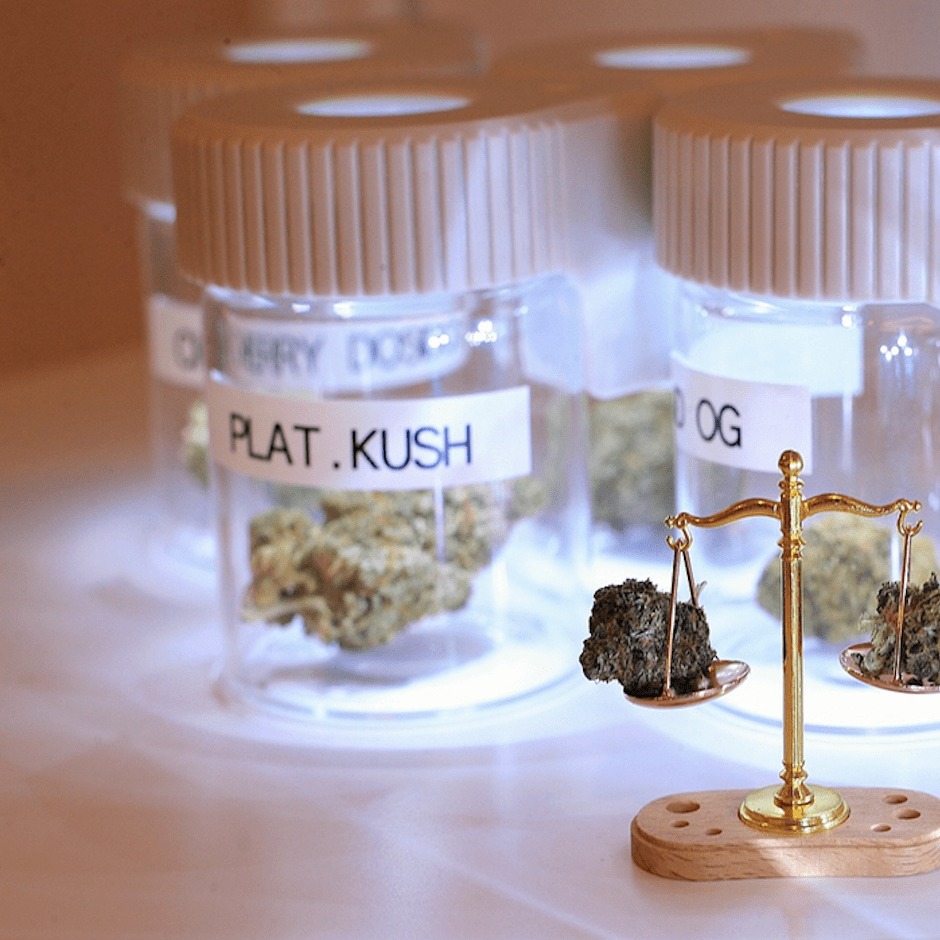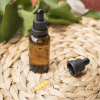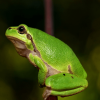Mescaline, also known as the key to the inner universe, is a powerful psychedelic agent found in certain types of cacti, including San Pedro and Peyote. These plants have played an important role in various cultures over the centuries, from shamanic rituals to modern psychonauts seeking spiritual enlightenment. Today, we will take a closer look at how mescaline works, its various uses and the potential benefits and risks associated with it.
Table of Contents
What are mescaline cacti?
Mescaline cacti belong to the cactus family and are known for their psychoactive properties[1] . One of the best-known species is the Peyote cactus, which grows mainly in the arid regions of Mexico and the southwestern United States. These cacti contain mescaline, a chemical responsible for hallucinogenic effects. Mescaline can lead to intense visual experiences, heightened awareness and spiritual insights. It is often used during religious ceremonies and shamanic practices.
Spiritual use of mescaline cacti
Many spiritual traditions have used mescaline cacti for rituals and ceremonies for centuries. The indigenous people of Mexico, especially the Huichol and Tarahumara communities consider the Peyote cactus sacred. They use these cacti for healing, communicating with gods and obtaining spiritual guidance[2] . The spiritual use of mescaline cacti revolves around creating a deeper connection with nature, the universe and the transcendent.
Many people find that during a mescaline trip, they experience a sense of oneness and connection with everything around them. It can also help in exploring the self, overcoming fears and finding inner peace.
Recreational use of mescaline cacti
Besides the spiritual aspect, mescaline is also used recreationally because of its strengthening effects on the senses and mind. For some people, taking a mescaline cactus can lead to a more intense perception of colours, sounds and emotions. However, recreational use of mescaline cacti should be approached with caution. It is important to choose an appropriate dose and be in a safe environment, as the effects of mescaline can be very powerful. It can cause a prolonged trip that can last up to 12 hours. It is advisable to have an experienced trip sitter with you who can guide you through the process.
Difference between San Pedro and Peyote cactus
There are many species of mescaline cacti but the two best known are the San Pedro and the Peyote cactus. Both contain the psychoactive substance mescaline but there are distinct differences between them. The San Pedro cactus, also known as Echinopsis pachanoi is an elongated cactus with green spines and white flowers. It is traditionally used in South American shamanic rituals because of its spiritual properties[3] .
San Pedro cacti generally have higher concentrations of mescaline than Peyote cacti, which can potentially make the experience more intense. Peyote is a small spherical cactus found mainly in southwestern North America. It is known as Lophophora williamsii and has been an important plant in Native American culture for thousands of years.
Sources:
[1] https://www.nature.com/articles/s41586-023-06204-3
